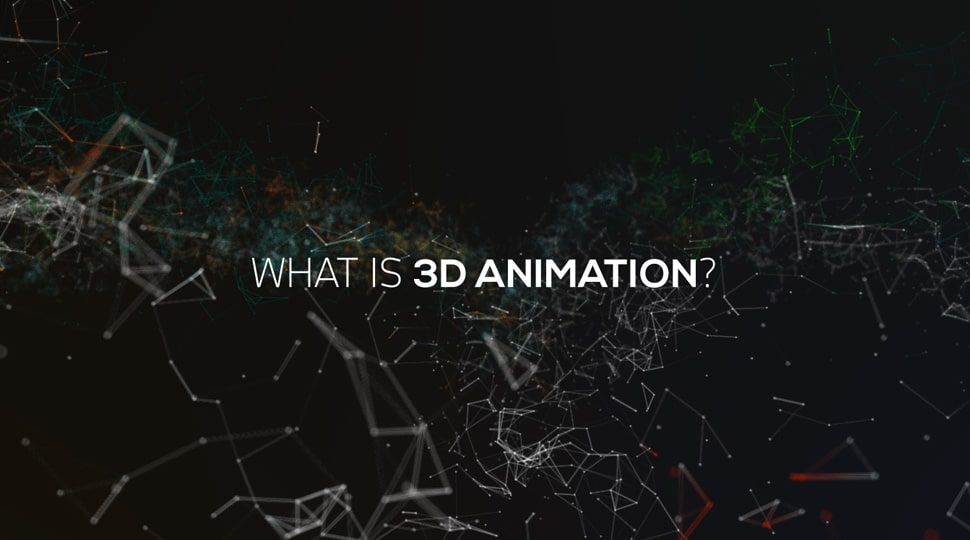3D animation is creating moving images in a digitalized environment that is three-dimensional.
3D animation can be found across the entertainment front, marketing videos, social media platforms, and the list goes on. It can capture the audience’s attention easily which is why 3D animation is also used as a powerful marketing tool.
The process of 3D animation can be divided into four phases: modeling and texturing 3D objects, layout and how objects are positioned, animation (rigging) phase and lastly, rendering, where completed computer graphics rendered into image sequences or video formats (MP4, MOV etc).
There are various uses when it comes to 3D animations, I listed some below:
Virtual Reality 3D
Virtual Reality (VR) works in 3D space hence it is heavily depended on 3D animation. VR, in a way, is often seen as a method of three-dimensional, computer-generated environments that replace the normal reality in which you are used to.
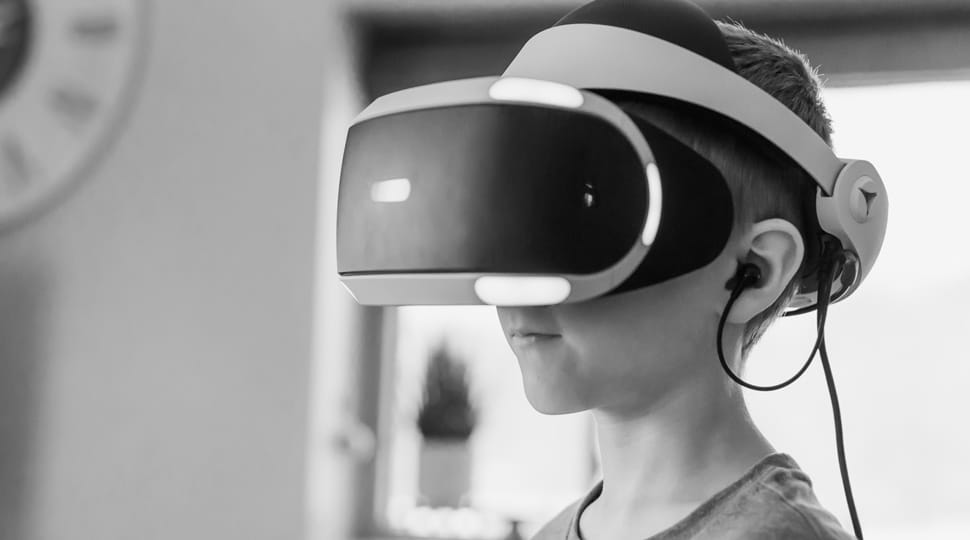
These environments are described as immersive and interactive because they engage with your sight and, occasionally, even touch.
3D animation with dimensional modeling is used to create the objects. The 3D model is then rendered for material painting and proceeds with texture mapping. These steps allow 3D models to be animated into real-time interactions.
Increasingly, VR environments are experienced through headsets or goggles that are made specifically for virtual reality environments. While scientific and industrial applications are on the rise, the main uses of VR today are in games and entertainment.
Interactive 3D
Interactive 3D lets us interact with the digital world the same way we do with reality. It uses the technology of real-time rendering to make things work. For instance, weather channels create realistic simulations of storms that the newscaster can interact with.
The same concept from 3D models in VR is applied here as well. This is because real-time interactions are needed to make the experience immersive. With real-time graphics, the 3D computer-generated visuals are rendered and displayed instantly.
Unreal Engine is an example of a real-time 3D tool that creates these immersive experiences. Behaviors and intelligence are applied to the 3D models being brought into a real-time 3D engine. The demand for real time 3D skills is skyrocketing. More and more companies start to look for ways to bring interactive experience to their customers.
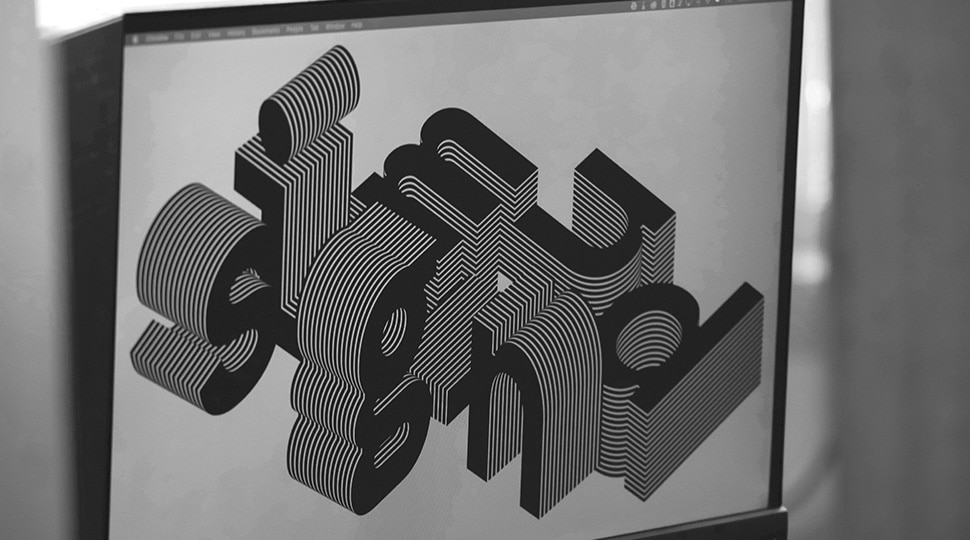
Prototype & Product Presentation
Let’s take a closer look at prototypes. A 3D prototype design is a three-dimensional model of a product that allows us to study the properties, and functions of it. This also tests the product in real conditions and reverse molds for casting can be made.
The list below shows how prototypes are different from each other in the fields of application:
- Presentational prototype- a master model of a city, house or room.
- Industrial prototype – a prototype of an instrument part, spare parts, engine, etc..
- Commodity prototype – a 3D model of a new type of product, or product packaging.
- Transport prototype – models of automobiles, airplanes, space rockets, ships, etc..
With the help of 3D animation, prototypes of products can be made into 3D prototype designs that match the creator’s vision. It is a real chance to increase sales and emphasize the advantages of a product of your brainstorming that you can show your boss, not just tell.
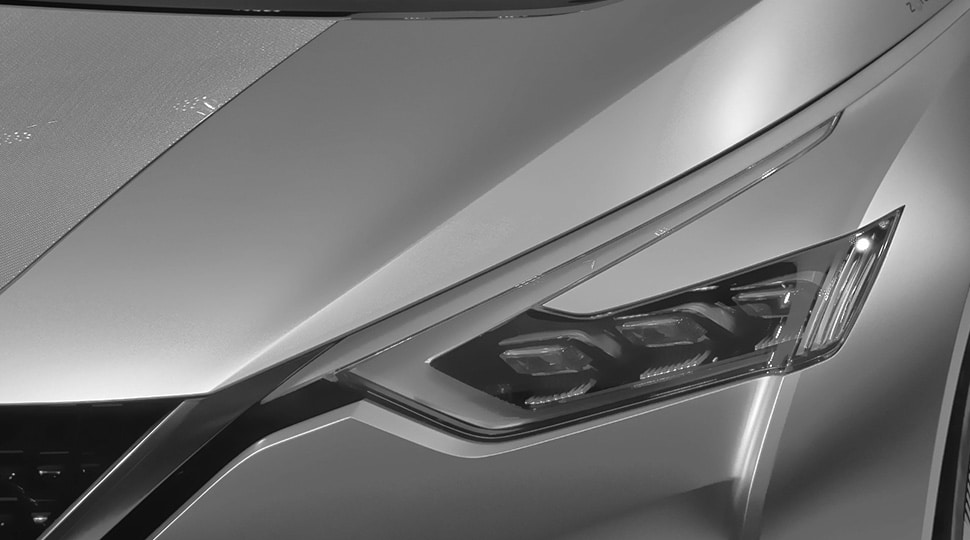
Architectural Visualization
Architectural visualization is presenting a new structure in a way that can be easily understood by everyone. 3D visualization is the creation of three-dimensional models of a structure. Your clients are able to walk around a 3D model and view it from any angle.
The list below shows four benefits of using 3D architectural rendering software:
- You Can Explain Your Ideas to Anybody – 3D renderings are an easy way of explaining many details about a project easily.
- Cost Effective – 3D rendering has become more affordable over the years and even for most small studios.
- Project Errors Detected Earlier On – 3D models allow clients to spot issues before construction to avoid extra costs.
- 3D Models as Marketing Tools – A stunning image through 3D visualization is a great way to advertise your project.
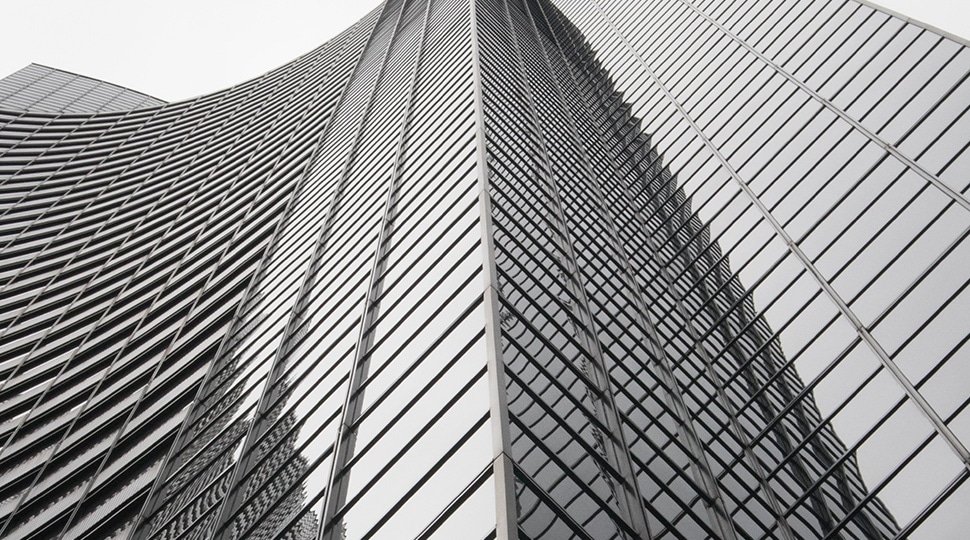
Explainer Videos
Explainer videos are short animated videos that show how something is done or how something works. Benefits of a product or a business idea can be explained in a simple yet engaging manner. These videos are one of the major marketing tools of today that can attract a large audience to your company website.
3D animation is used for complicated subjects and products compared to 2D ones because it is better to visualize them in 3D space and almost photo-realistically. This creates a clear message and is therefore easy-to-understand by your audience.
Due to the ability to create photo-realistic pictures, the advantage here is when you want to “look into” your product to explain its features. With 3D animated explainer videos, you can show anything that can’t be (or found costly) captured with a video camera. Click here for some samples.
Television Commercial
TV commercials are short marketing videos that range from 15 to 30 seconds (usually) with a strong call-to-action. They can be used for promoting the company’s products or creating brand recall. It will drive traffic to your campaign landing pages and create exposure once the commercials are aired.
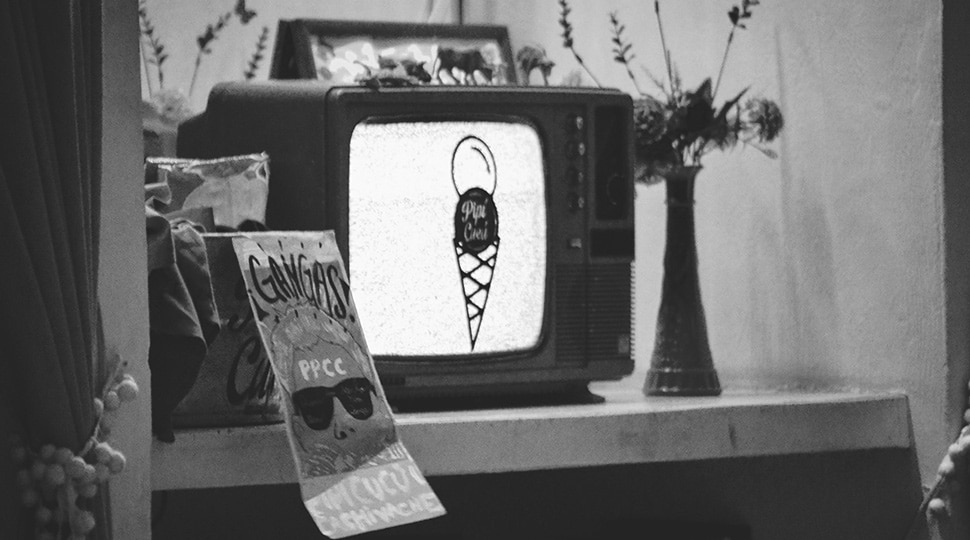
Including 3D animations in TV commercials helps you stand out in the market where competition is intense and deliver your message with impact. Such commercials aired on television can help increase brand awareness since they are short yet compact with information relevant to the company’s product or business idea.
Movie & CGI
The evolution of the movie industries continues to amaze people as soon as the existence of ‘motion pictures’ come into the limelight. I am sure you heard about Pixar, Disney and of course, Hollywood.
Most visual effects in Hollywood movies are done with computer-generated imagery (CGI). It is possible to replace real life objects and humans with realistic 3D animation with the help of CGI. This unlocked a new world of possibilities in creating characters, background setting, and special effects in movies.
Take life action movies like Transformers and Terminator, for example. Both movies attract great attention worldwide because some of the characters were animated with CGI to make automobiles transform into giant talking robots and we could see the metal skeleton of a cyborg under human skin.
These creative effects are made possible with the use of realistic 3D animation. Thank you 3D!
Medical Procedure & Healthcare
In the healthcare industry, 3D animation is playing an important role. Medical professionals now realize the benefits of 3D animation towards education, marketing and patient communication. Thanks to technology, high quality animations made for informative videos are easier to gain.

Here is a list of 3 positive impacts of 3D animation towards the medical field:
- In Depth Explanations – 3D animations let medical information to be explained in a short amount of time, e.g. emergency precautions, the risks of a disease.
- Enhanced Engagement – surgery procedures made with 3D animations will keep the audience interested and engaged.
- Improved Recall – detailed 3D animations about physical symptoms of illnesses, and cancers can help the audience remember them more easily.
In Conclusion
3D animation is a powerful tool when used well in your industry. Be it video explainers about a quizzing mobile application or the newly released virtual reality game, the use of 3D animation can make a big difference to determine the quality of your project.
By the way, we offer creative services such as 3D explainer video production and character animation as well as many other types of 3D animation. Get in touch with our team for a free consultation here.


